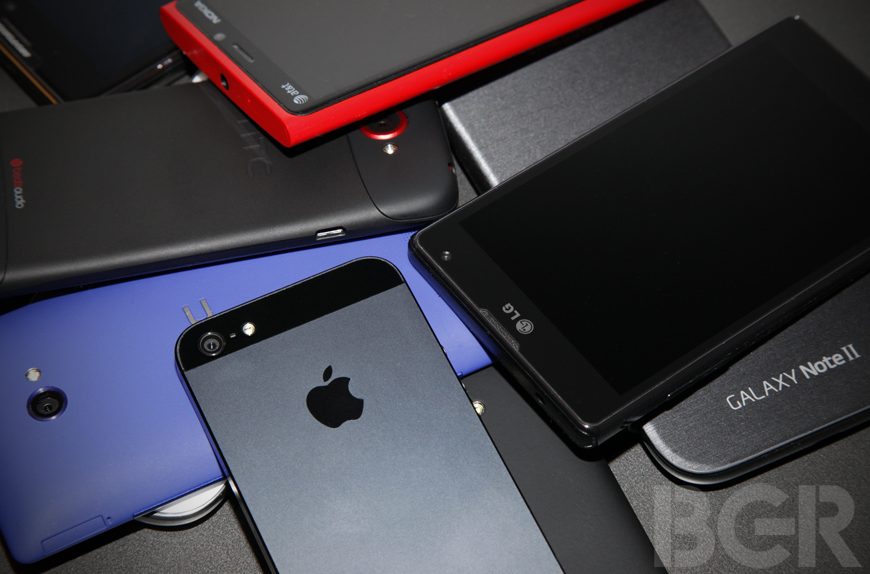Around 1994, most mobile phone brands with global ambitions vanished or pulled back to their home markets. The same happened around 2003. We are now drawing close to another mobile Götterdämmerung, a period of destruction and mayhem — and few vendors will survive it.
Back in 1993-1995, the Great Reckoning was triggered by the transition from analog networks to digital networks (GSM, TDMA, CDMA). Most handset vendors were taken by surprise when GSM suddenly took off faster than expected. Companies with serious analog phone development programs (IBM, Benefon, Blaupunkt, OKI, etc.) simply could not handle the rapid change.
IBM’s Simon smartphone was incredibly cutting-edge for 1992 thanks to its touchscreen and fax support. Benefon’s sleek Beta featured a large display, four days of stand-by time and 99 memory locations. Yet both vendors and their ilk were swept away from the international phone market by the sudden mid-’90s market share consolidation around Motorola, Ericsson and Nokia (NOK) — companies that made an aggressive switch to digital systems early enough.
Soon, 80% of the rapidly growing global mobile handset market was controlled by the Big Three. Then the late ’90s digital mobile boom sucked in droves of new competitors. Siemens, Alcatel, Sagem, Philips, Mitsubishi, NEC and others launched aggressive global expansion drives by the year 2000, just in time for the epic bust that drove all of them out of the global handset game.
After the brutal handset shake-out between 2001 and 2003, many believed the mobile phone volumes would never grow faster than 6% per annum. Of course, by the end of 2004 the industry was once again witnessing 30%-plus annual growth as 3G took off and consumers flocked to buy newfangled phones with color displays. Yet again, a new group of aggressive challengers rose late in the decade — Apple (AAPL), HTC (2498), LG (066570), Huawei, ZTE and others started pursuing five-continent global expansion plans.
And here we are, on the eve of destruction.
The mobile handset industry pulsates like an amoeba, the number of vendors shrinking and expanding in a roughly decade-long cycle. The roster of vendors exploded in late ’80s, late ’90s and again in the late ’00s. After each overextension, a bust drives out most of the challengers. Around 1994 the trigger was the shockingly rapid collapse of the analog phone market; around 2003 it was the gruesome volume drought following the financial crisis of 2001. In 2014, it may be the combination of smartphone volume growth decline and a profound European consumer slump.
At the end of 2011, smartphone volume growth topped 50% globally. This was the moment when companies from HTC to Huawei drafted growth plans that will likely end up being wildly optimistic. By the end of 2012, smartphone volume growth had cooled to still-strong 36%. If the volume growth cools to 20% by the end of 2013, the smartphone market will face a day of reckoning.
Waning European demand is already a factor in recent volume disappointments for Apple, HTC and LG. Over the past two months, key EU markets have delivered shockingly weak retail sales growth; -4% in Germany and -10% in Spain. With both Apple and Samsung (005930) rampant, there simply will be no room for the global expansion plans of Nokia, BlackBerry (BBRY), HTC, LG, Huawei, ZTE, Sony (SNE) and others.
Most of these companies will be forced to do what IBM, Siemens, Alcatel, NEC and Mitsubishi did during the previous busts: pull back to domestic markets or liquidate. One or two may pull off a miracle and rise to challenge the mighty Sampple. But in three years, we may be where we were around 1998, with the top-three brands holding 80% of the global phone market.
And then the cycle will start again.[bgr-post-bug]




